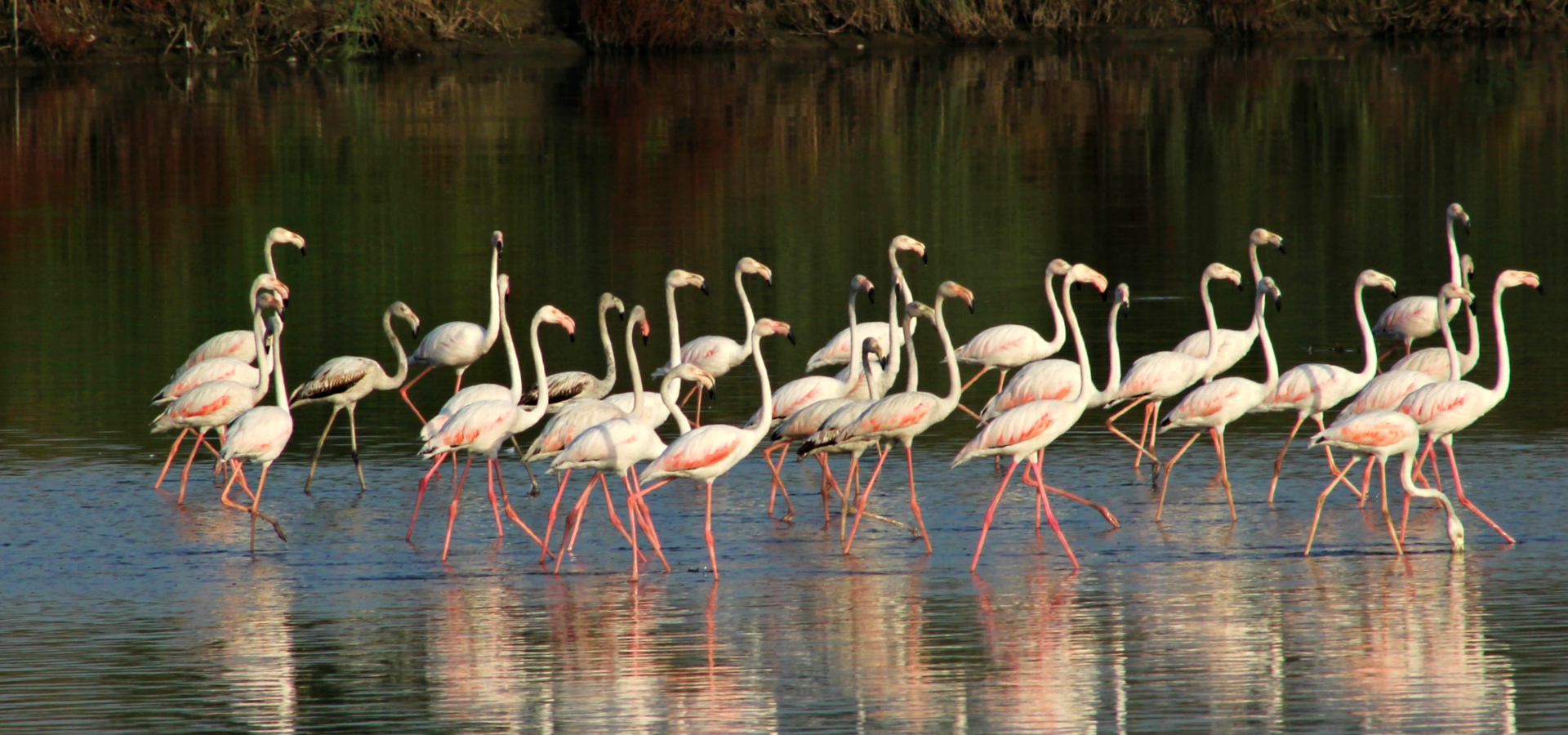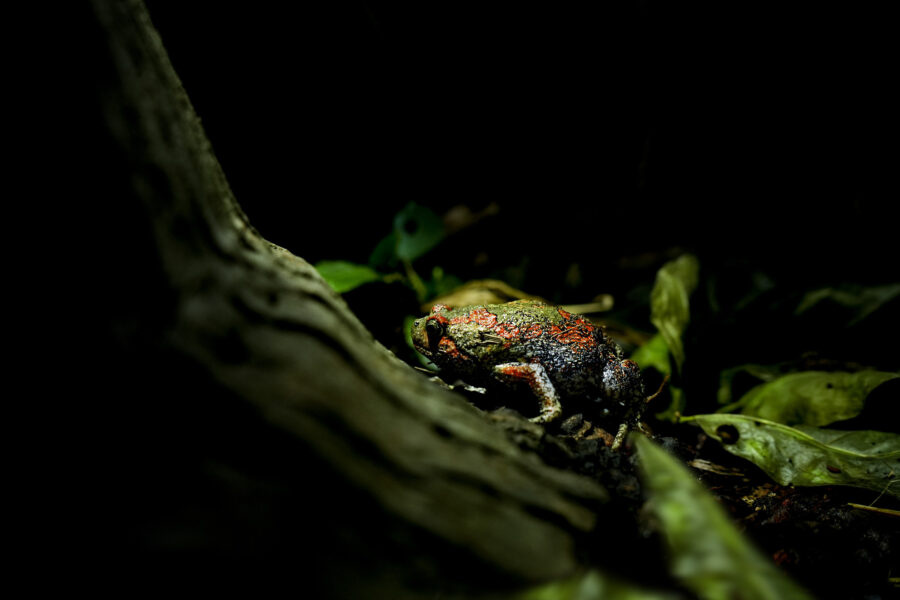From parks to backyards, from forests to agricultural lands, from metropolitans to rural areas, from snow-capped mountains to wetlands… birds are everywhere if you look around! They move from one region to another, without a care for human-made geographical boundaries, forming various habitats along the way.
Birds that fly long distances towards sites to feed and nest within are called migratory birds. After completing their due course of time, these birds require sufficient resources to regain their weight and strength to fly back to their native habitat. This journey back and forth, however, involves anthropogenic threats like biodiversity loss, pollution, hunting, and accidental collisions, to name a few. These dangers continue to impact the behaviour, habitats, and overall population of these birds.
Migration is long and exhausting, and now, with environmental deterioration and climate change, it does not promise to be a fulfilling journey. Since the year 1500, the planet has lost over 179 bird species owing to natural as well as human-made risks. Drying water bodies and illegal hunting for bushmeat and other purposes are great contributors to these dying populations. The Siberian Crane was one such migratory bird that would spend the winter season in Keoladeo National Park. The population consistently declined over the years till only two were seen last in 2002, after which none ever returned. The bird is now listed as Critically Endangered globally.
Dedication To Migratory Birds
World Migratory Bird Day is celebrated bi-annually with an aim to raise awareness about the importance of birds and protect them from various threats. Nearly 2,000 bird species migrate and undertake their journey along the major flyways across the globe. While certain birds fly over multiple nations to reach their destination, others fly locally to find suitable conditions for feeding and nesting.
Birds from about 29 countries fly to India every year. Of the approximately 1349 species that exist in India, 370 are known to be migratory visitors. These birds begin to arrive in September and return to their native land around March. They traverse through three significant flyways – Central Asian Flyway (CAF), East Asian-Australian Flyway, and Asian-East African Flyway. The CAF is the most frequented one with about 80 percent of the species using it.
This World Migratory Bird Day, we’d like to present to you some of the delightful migratory birds seen here in India.
Passerines
Indian Pitta – One of the most fascinating birds found in dense forests of India, the Indian Pitta is a local migrant. It favours the forests of Central and Northern India to breed during the summer season. When winters arrive, it prepares to migrate to the southern states.
European Roller – Known for its charismatic colours, this passage migrant arrives in the month of August in western and north-western regions of India for breeding. States like Rajasthan and Gujarat are a convenient halt before the population crosses the Arabian Sea to spend the winter season in Africa.
Rosy Starling – Rosy starlings are winter visitors to India. They come from parts of Asia and Europe, where they breed. As starlings cross high altitudes of the Ladakh region, they become passage migrants in North India and are most common in the West and South of India. Being insectivorous, they are known to feast on locusts, thus preventing damage to crops.
Blue-tailed Bee-eater – The passerine bird species, as its name suggests, preys on bees and other insects. They are found across the South and Southeast Asian countries. While a large population breeds in North and Northwest India, they do migrate to the southern regions as well.
Vultures and Eagles
Egyptian Vulture – The globally Endangered raptor is a partial migrant during its breeding season, which means some individuals of the species migrate while the others remain in the same region throughout. Resident populations reside in Northwest India. To understand why this species is declining, satellite tracking is being used to track the migratory path of the species globally.
Steppe Eagle – Another Endangered bird of prey, the Steppe Eagle is sighted in the North and Central regions of the Indian subcontinent during the winter season. The second-largest long-distance migratory bird has wide-ranging breeding sites in Eurasian countries. Travelling through the Himalayan mountains, these migratory birds are known to possess excellent navigational skills.
Black-eared Kite – A sub-species of Black Kite, it follows a migratory pattern from European and North Asian countries to southern parts. The gregarious raptor winters in sub-Saharan Africa and South Asia. Studies have tracked birds using GPS trackers and state that they use the Central Asian Flyway. Reaching up to 6,500 meters of height, some individuals even cross K2, the second-highest peak in the world!
Falcons
Amur Falcon – A passage migrant in India, Amur Falcon undertakes a daring voyage from breeding grounds in Russia and China. It eventually flies to South African countries for the winter. In India, it stops over and forms communal roosts. Known for the longest sea-crossing migration of any raptor species, this Falcon made news due to extensive killing and hunting in the state of Nagaland.
Eurasian Hobby – From all across the European continent, Eurasian Hobbies fly to spend their winters in India. Known to breed in the Himalayas, it then moves to the forests of Africa. It is a graceful falcon with a fast, acrobatic flight to pursue flying prey, and is often spotted perched on isolated trees.
Flycatchers
Verditer Flycatcher – A bird with an intense blue plumage, the Verditer Flycatcher can be spotted on bare twigs of tall trees in open forests. In summers, it resides in the Himalayas and parts of North-East India. As winter approaches, it gradually becomes widespread across India.
Tickell’s Blue Flycatcher – This insectivorous passerine is a resident bird that travels to the southern regions of India between October and May. Localised movement enables sighting in northern and central parts of the country during the winter season.
Asian Brown Flycatcher – Breeding in the Himalayan foothills and the hills of Central and Western India, Asian Brown Flycatcher follows a local migratory movement. The bird winters in the peninsular region of India, where it arrives around the month of September. In winters, it occupies open habitats, while for breeding, it prefers forested areas.
Indian Paradise Flycatcher – With a wide range of breeding habitats dispersed throughout the Indian Subcontinent and Central Asia, all species migrate to the south of India and Sri Lanka in winters. Those inhabiting the Himalayas, winter in forested areas along the northern plains.
Marvels Of Nature
By exhibiting dedicated effort to travel vast distances, migratory birds are indeed true marvels of nature. Their recurring presence every year is not only exciting for bird enthusiasts across the globe but is also a sign of a healthy ecosystem. As they migrate periodically, they become bioindicators for the regions they cover.
Migratory birds play an indispensable role in their breeding as well as wintering habitats. Controlling pests like rodents and insects, dispersing seeds, pollinating plants, scavenging, and regenerating forests, birds play an important role in the functioning of their ecosystem.
Today, researchers have embarked upon a journey to conserve the birds as well as their habitats. By using state-of-the-art techniques like banding, ringing, geolocating, and tracking, they are able to protect important bird areas. As an organization that works towards rescuing and rehabilitating Indian wildlife, Wildlife SOS is doing its bit to protect migratory birds.
Citizens often come across injured and distressed migratory birds. The Wildlife SOS Rapid Response Unit is a dedicated team of individuals who work around the clock to respond to such emergencies. If you come across any distressed animal, please do not hesitate to contact us –
Delhi NCR – +91-9871963535
Agra & Mathura in Uttar Pradesh – +91-9917109666
Vadodara, Gujarat – +91-9825011117
Jammu & Kashmir – +91-7006692300, +91-9419778280





